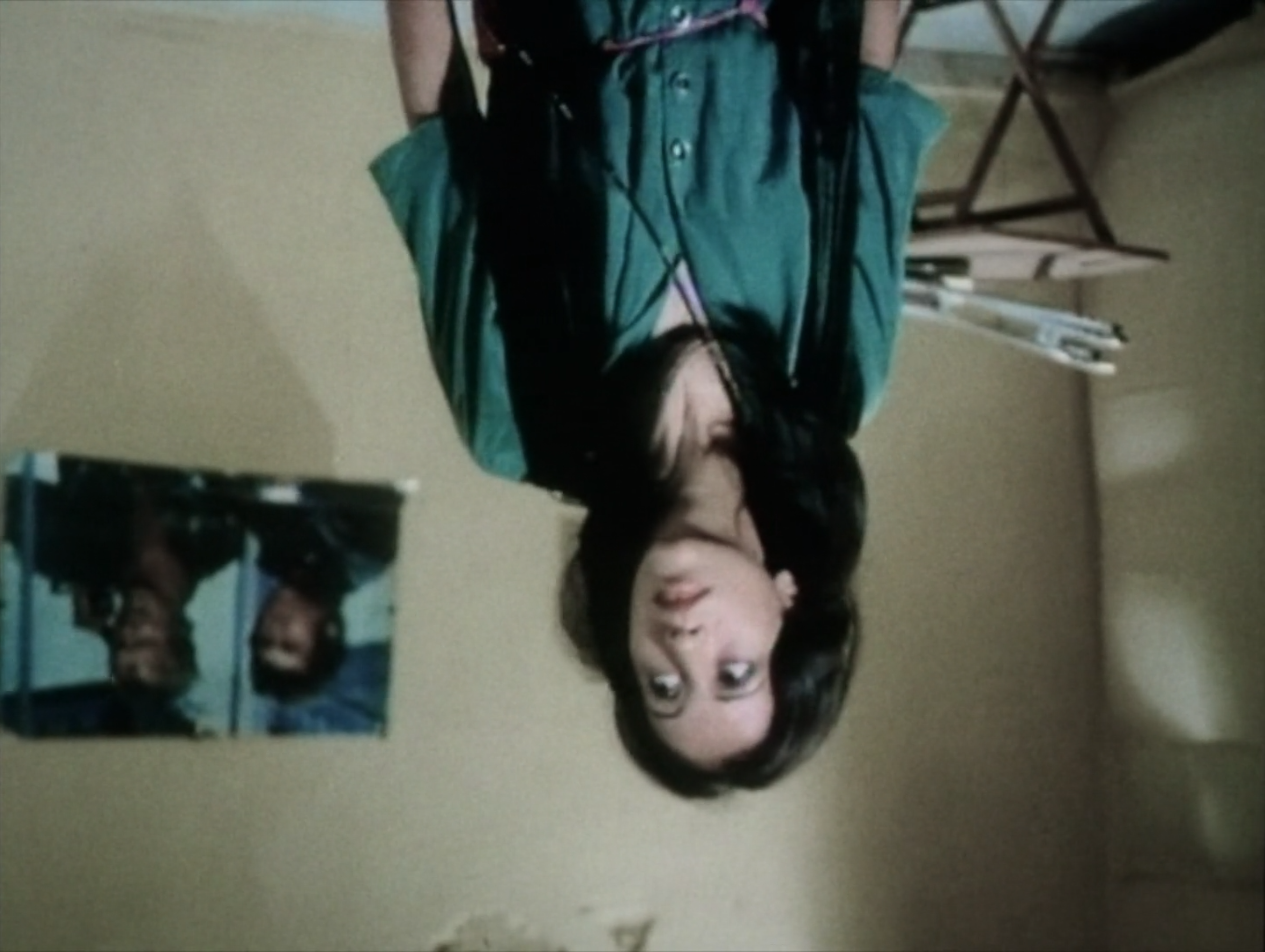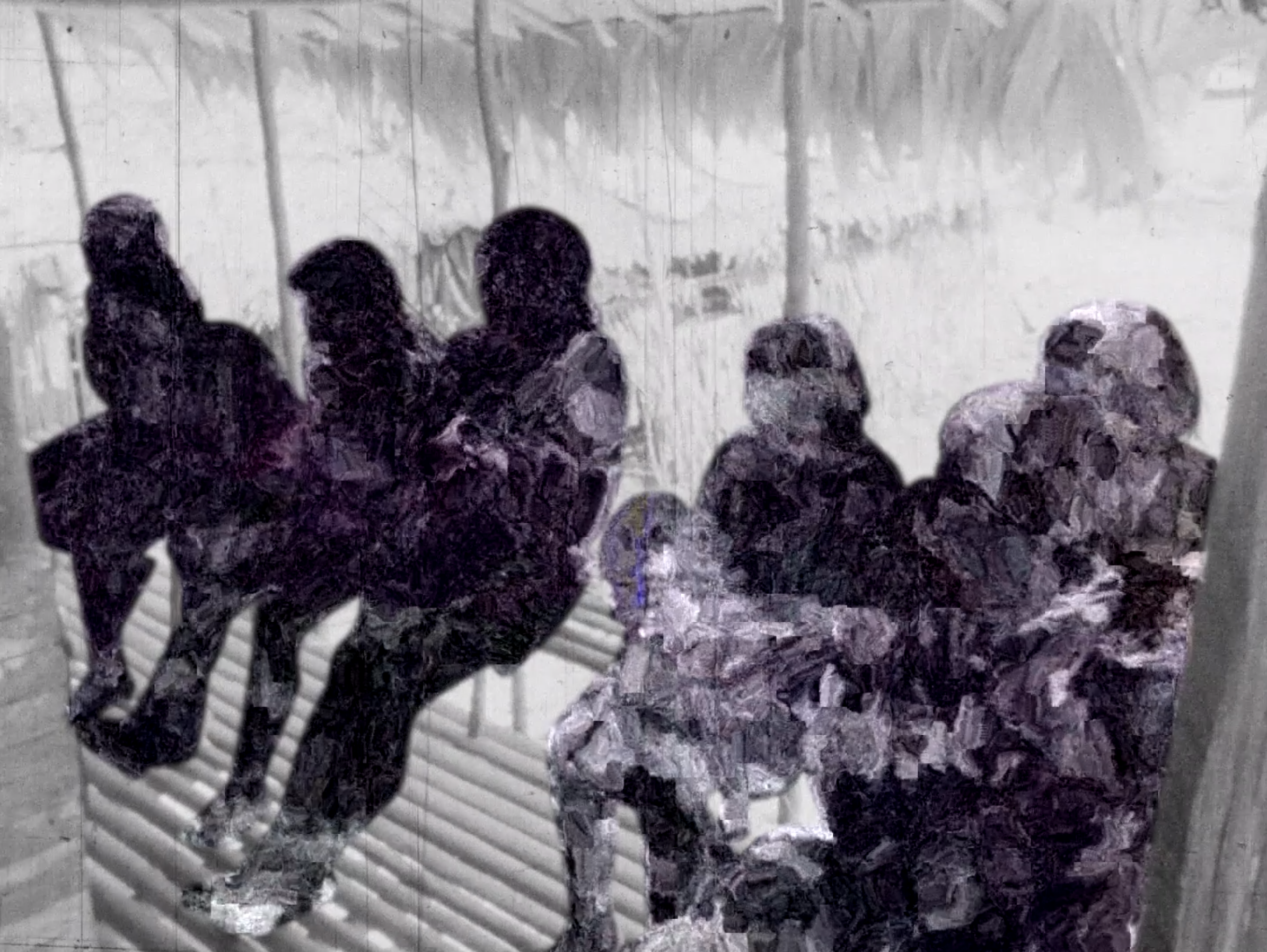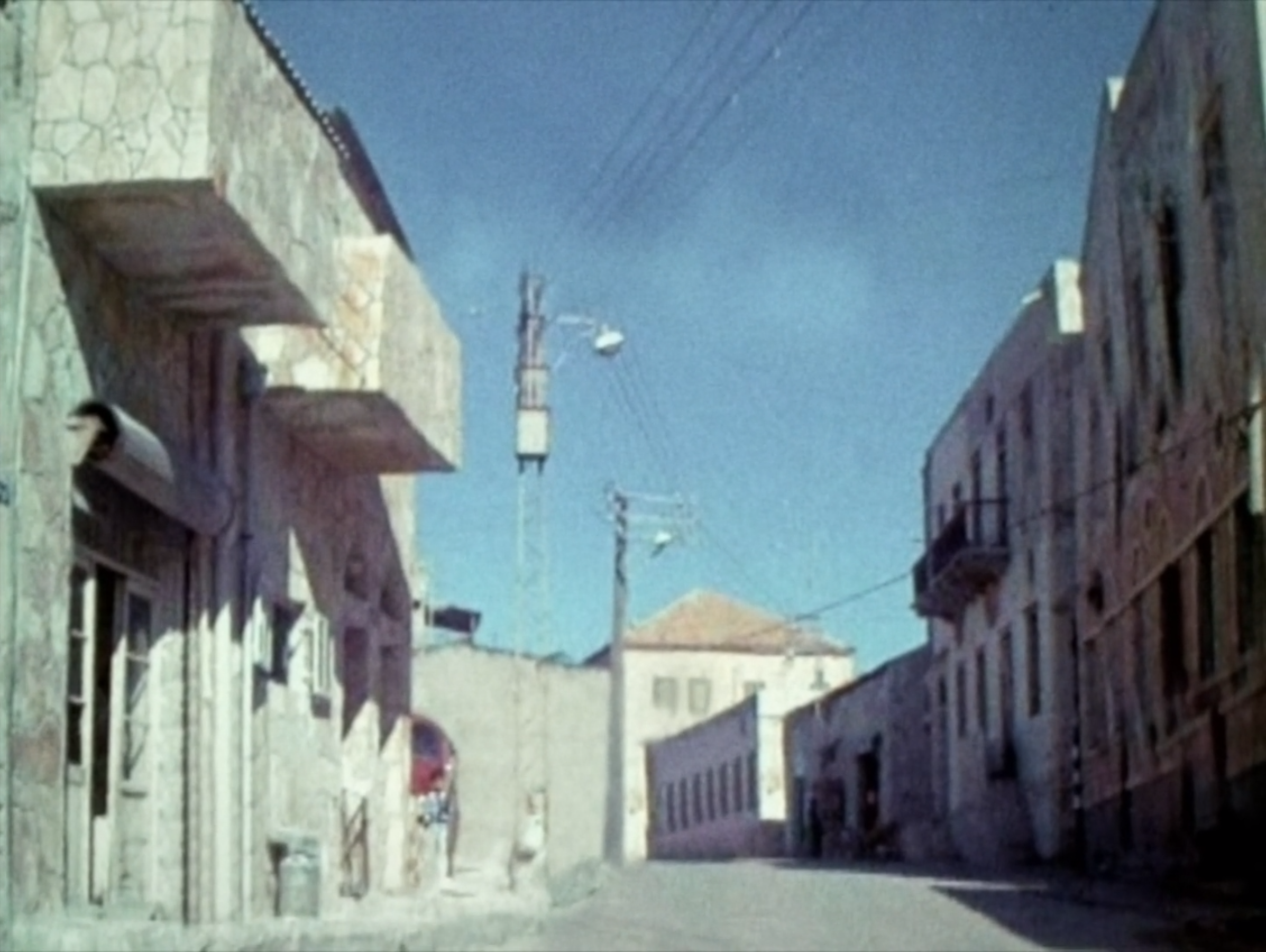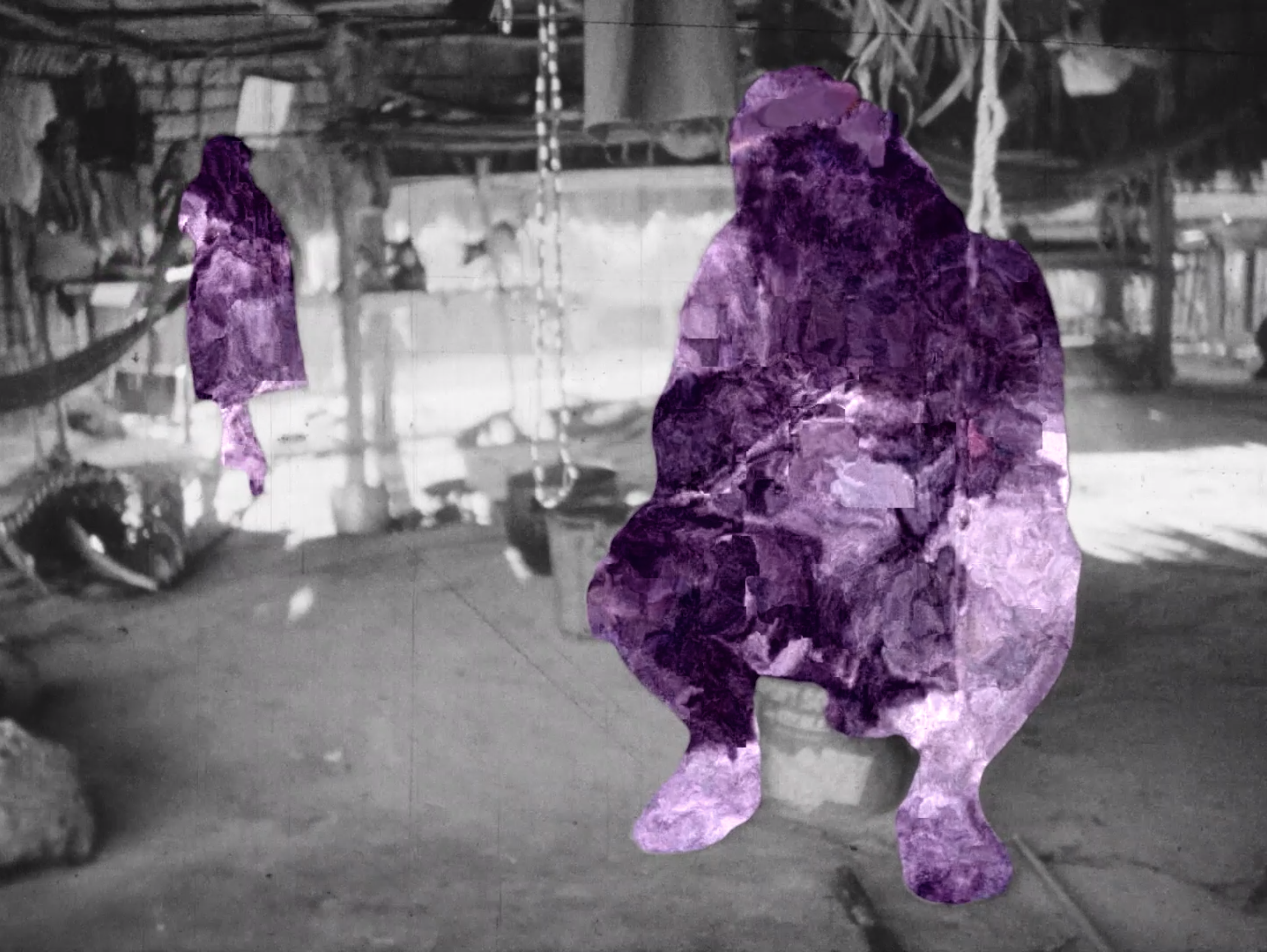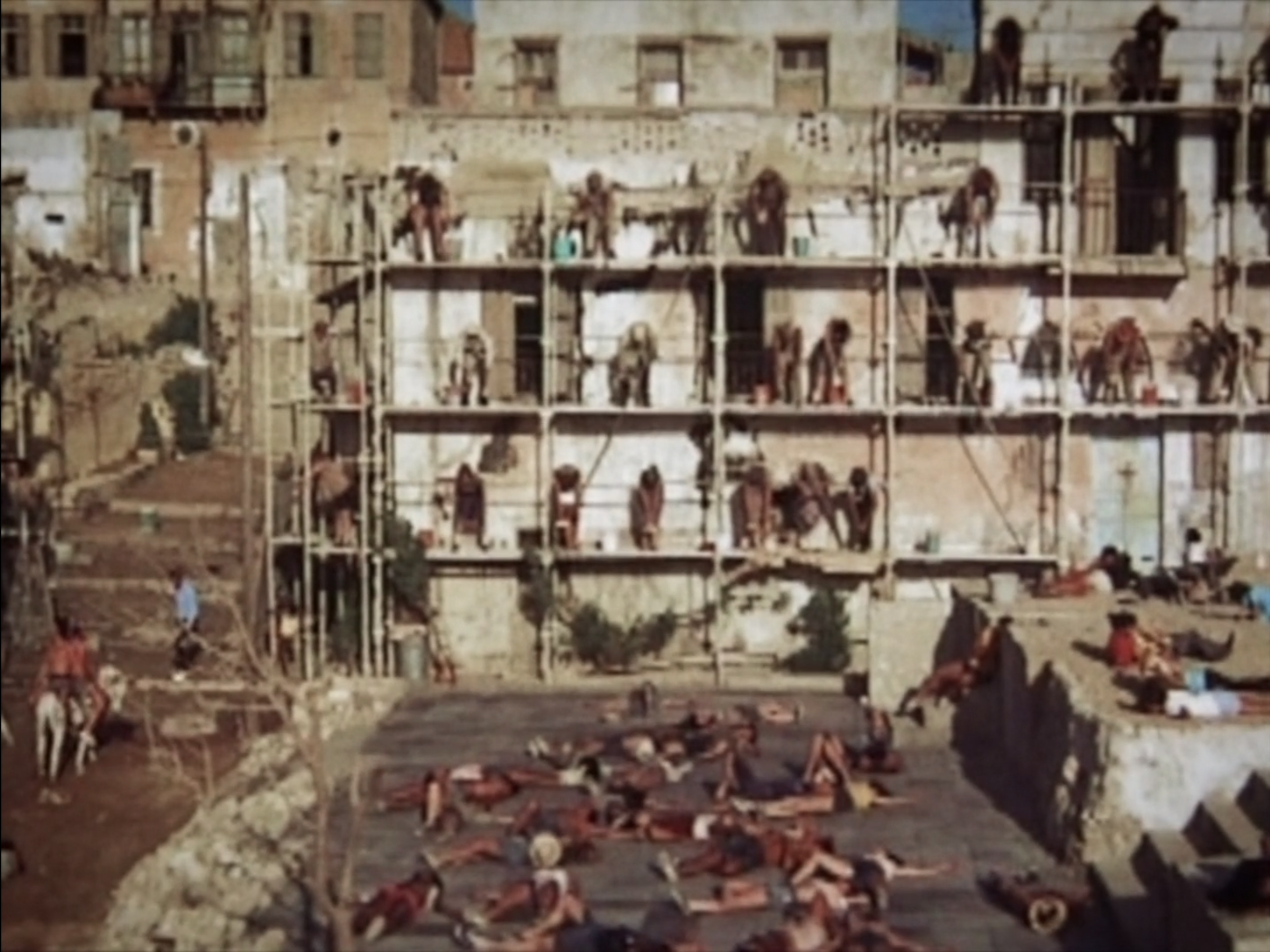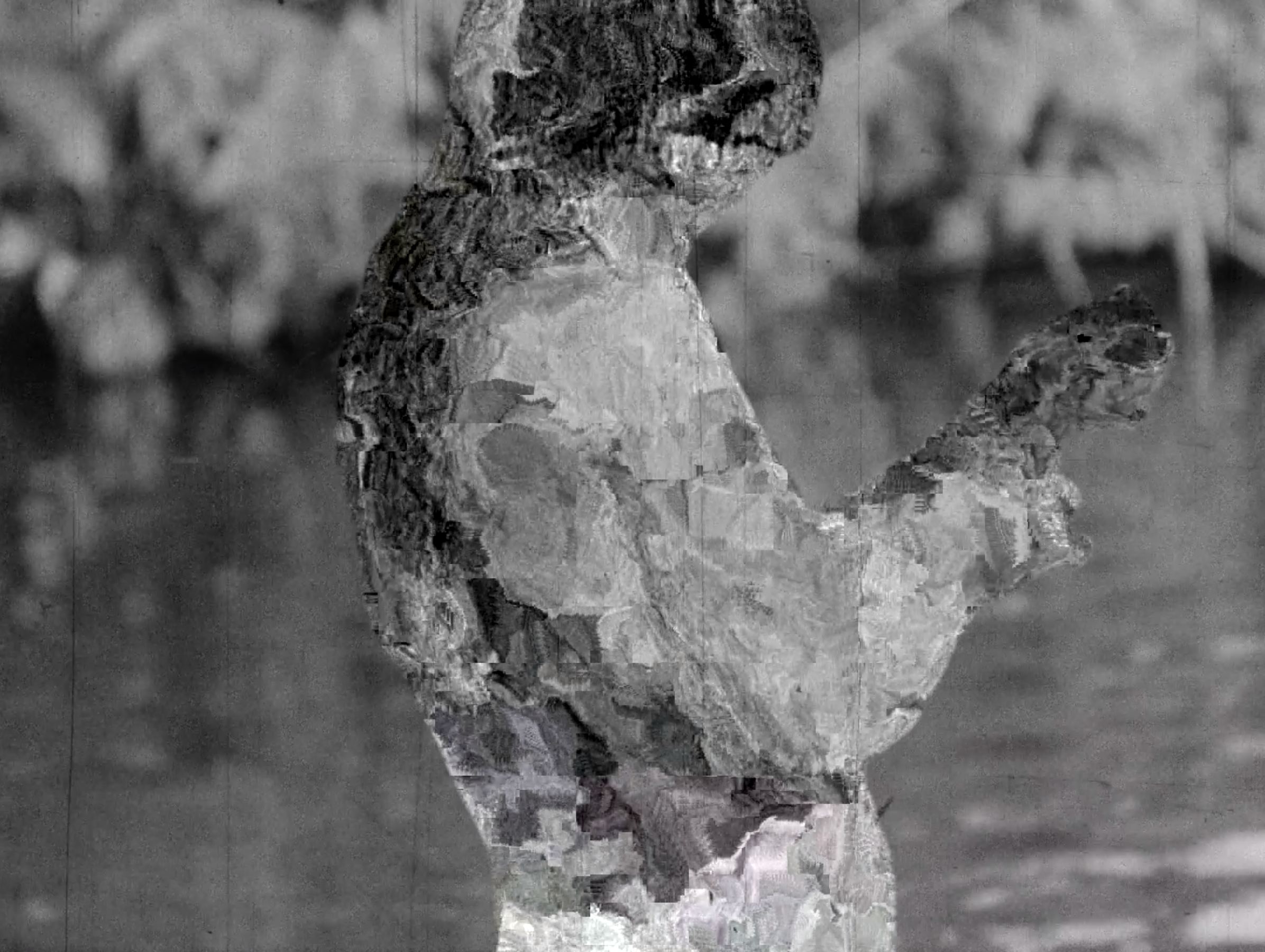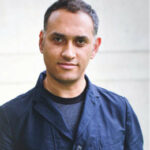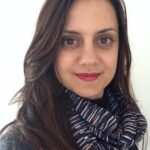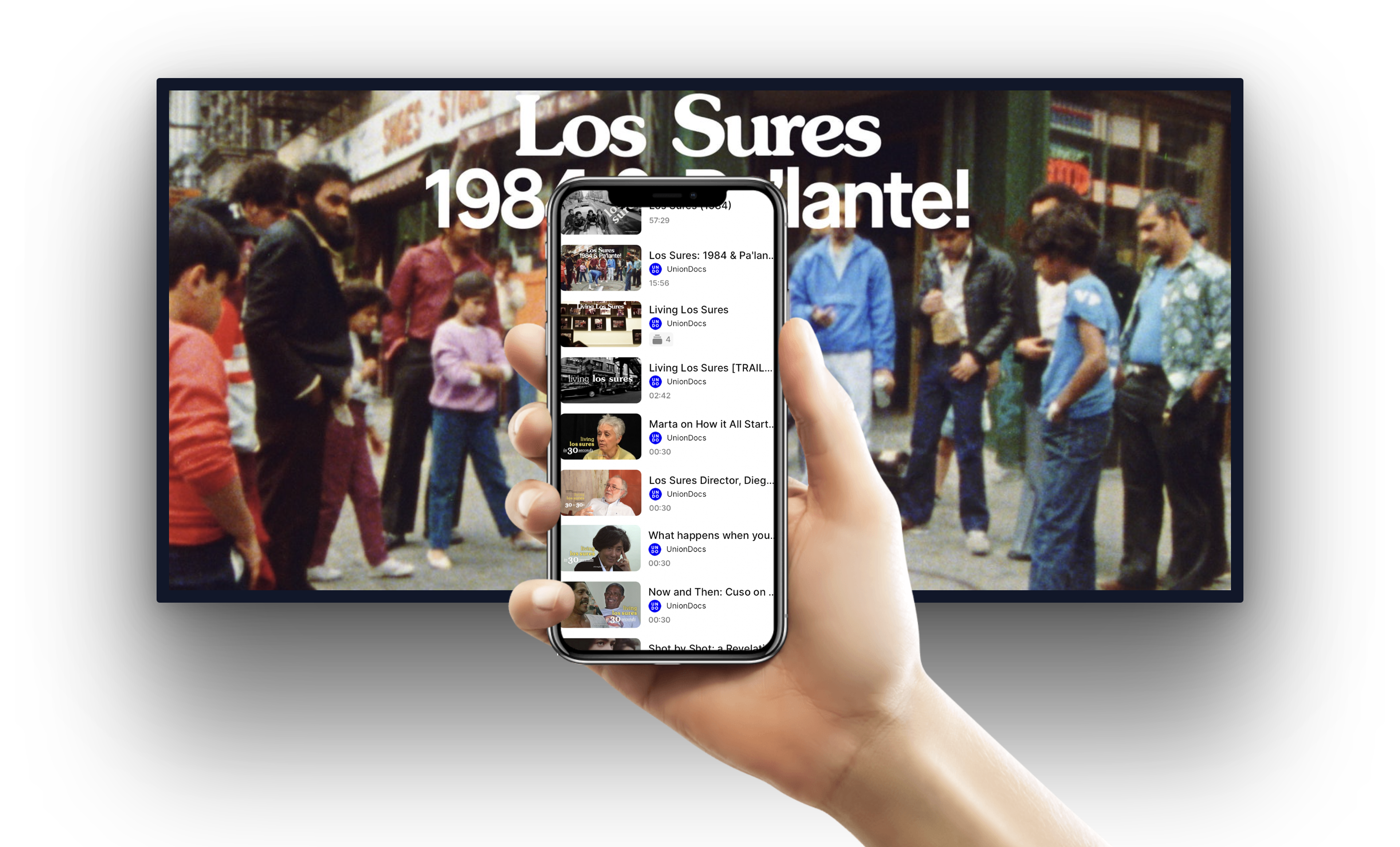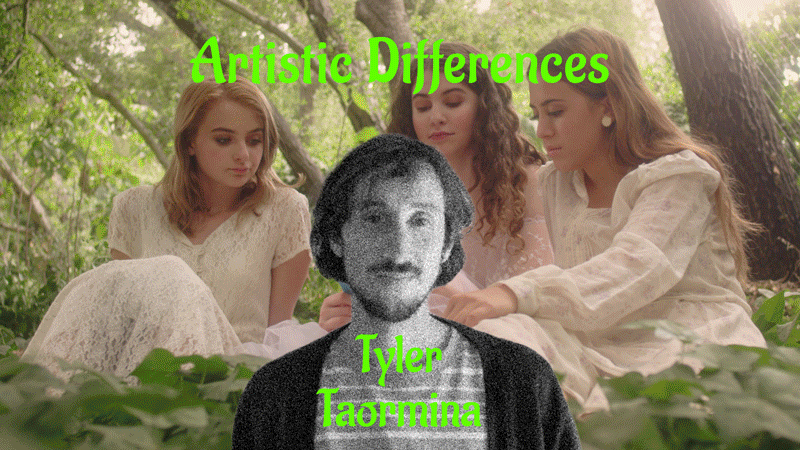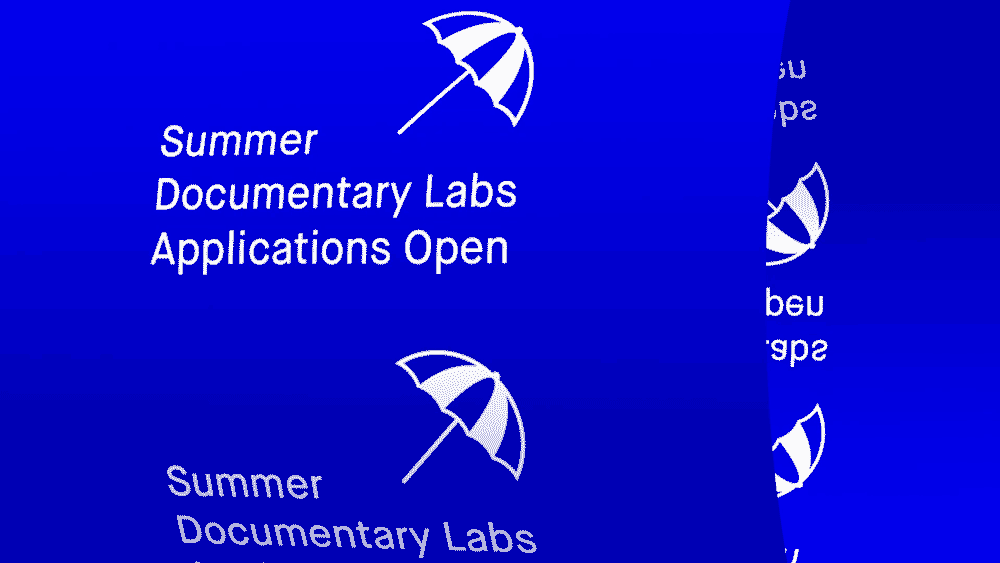May 6, 2023 at 12:00 pm
Artistic Differences:
HAUNTING ARCHIVE
This program is part of Artistic Differences with Looiersgracht 60
ARTISTIC DIFFERENCES is back with Looiersgracht 60 this May to present HAUNTING ARCHIVE!
Two archives – the medical propaganda during the Dutch colonization in Suriname (1950’s), and the Israeli and Hollywood films shot in Jaffa (1960’s to the 90’s). Obscured and normalized power relations that managed to find translation to our present every day. Despite the ideology materialized in the images, ghosts haunt those archives —those who lived there. Through the encounter between Paula Albuquerque’s preview of her in progress film Like The Glitch of a Ghost (2023) and Kamal Aljafari’s Recollection (2015), we will look at interventions in the archives. How to operate on these images in such way that the ghosts can become paradoxical testimonies, haunting our present and our future, releasing us from the ideological ordering of the world by the colonial gaze? Two different modes of intervening in the archive and releasing affective, political, ethical interpretations to our future.
The Israeli and American features shot in the town of Jaffa from the 60s to the 90s are the basis for the history of a dream. All protagonists are removed from the original footage, leaving an empty setting formed by the town and those who lived there and served as extras. Thus, the impossible is made possible from the “I” perspective, namely filming the past and compiling a picture album made of memories.
New relations with place are released and revealed, through an affective and political operation, that allows the stories and gestures of those dispossessed to take the center and appropriate the cinematic space.
Recollection by Kamal Aljafari
70 min | Palestine; Germany; Lebanon | Color, Black and White | 2015
Like the Glitch of A Ghost by Paula Albuquerque
Preview of a Work in Progress | 2023
Ook de Surinaamse Indianen Horen Er Bij (The Surinamese Indians Also Belong Here) was produced, as medical propaganda, by the Algemeen Diakonaal Bureau, an institution that was part of the Reformed Churches of the Netherlands. It shows a Dutch nurse’s daily routine among indigenous people in Suriname in the 1950s (exact date to be determined).
In collaboration with the artist José Miguel Biscaya, Paula Albuquerque juxtaposed imagery from contemporary surveillance cameras in Suriname with the bodies of the indigenous filmed, blocking epidermalization and revealing the structures of representation that found and replicate colonizing politics of dispossession.
STUDY GROUP — ONLINE – MAY 6
We’re thrilled to come together for a Study Group Session structured around these incredible films! Like a kind of grassroots book club, but for documentary art, it’s all about sparking discussion and deeper investigation, through reading, listening and responding in small, self-organized groups that together form a larger collective experience.
You will get access to the film program through our Membership Hub a few days in advance. Sign up now and stay tuned in your inbox for further instructions!
PUBLIC DIALOGUE – AT THE GALLERY – MAY 12
If you’re interested in hearing from the filmmakers & artists themselves as well as the ideas generated in collaboration with our Study Group be sure to catch our regular public dialogues for each film program on the UNDO Member’s Hub. These conversations sample from the festival dialogues, the study group and an in-depth interview hosted by Artistic Differences with the featured artists. Sign Up to receive a note when it’s released.
Kamal Aljafari is a Palestinian filmmaker. He attended the Academy of Media Arts in Cologne and now lives in Berlin, Germany. He has taught filmmaking at The New School in New York and the Deutsche Film- und Fernsehakademie, Berlin. He was also a Film Study Center Radcliffe Fellow at Harvard University.
Paula Albuquerque is a visual artist and scholar living and working in Amsterdam. Her work is informed by intersectional decolonial practices, focusing on visual technologies both analog and digital, surveillance and the construction of operative imagery.
Presented With
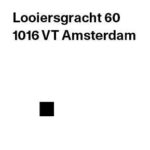
Looiersgracht 60


